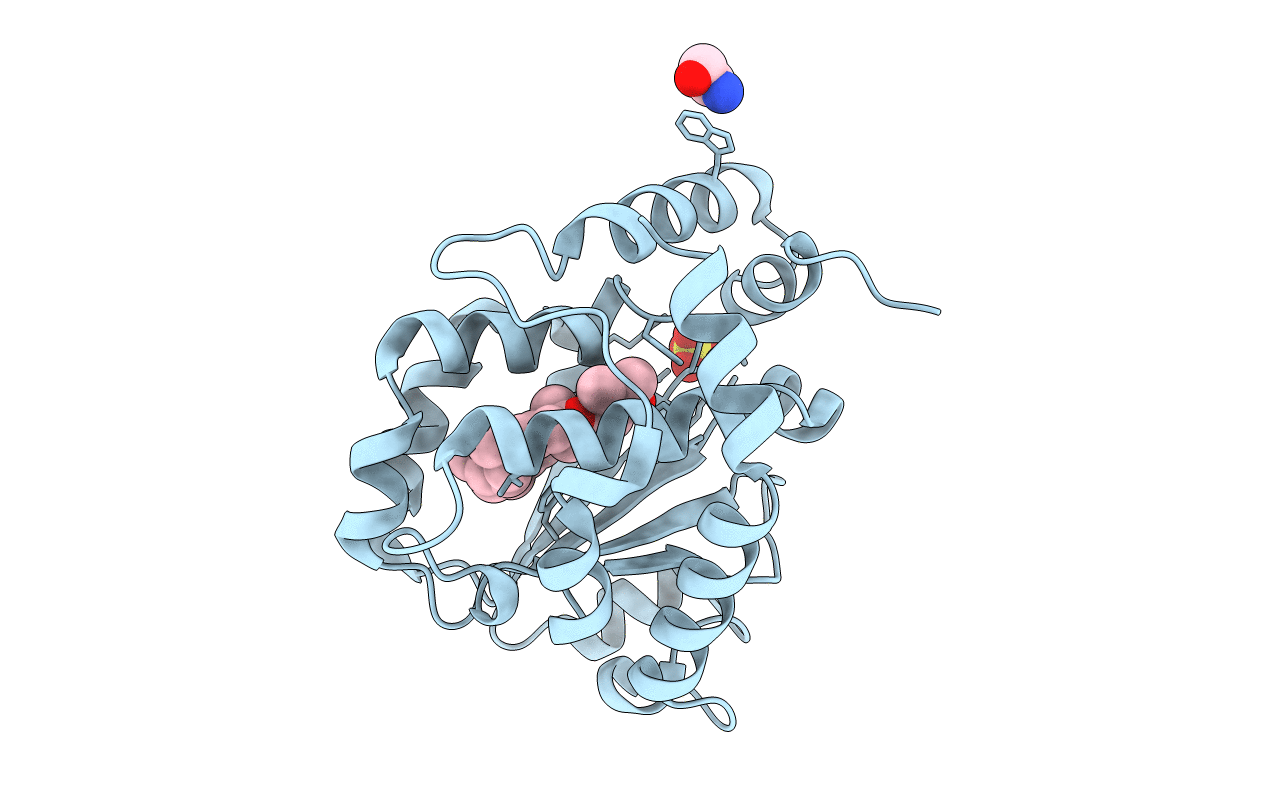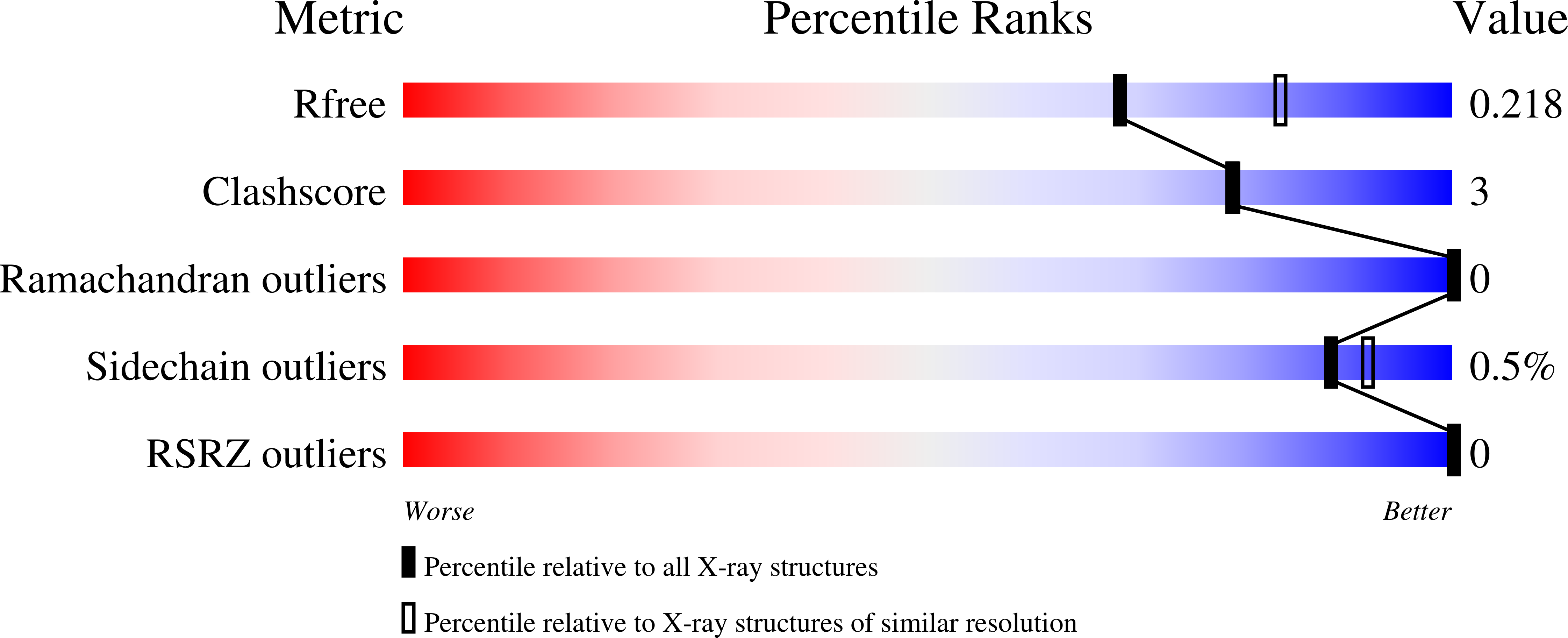
Deposition Date
2020-07-08
Release Date
2020-12-02
Last Version Date
2024-10-16
Method Details:
Experimental Method:
Resolution:
2.24 Å
R-Value Free:
0.21
R-Value Work:
0.18
R-Value Observed:
0.18
Space Group:
I 4 3 2


